Geotechnical work is expected to begin this fall at the site of a new, long-awaited, $110-million regional wastewater treatment facility that is being built to serve four growing communities in southeastern Manitoba.
The Red-Seine-Rat (RSR) facility and conveyance system will provide the regional municipalities of Niverville, Taché, Hanover and Ritchot with a new plant that will enable them to reduce greenhouse gases (GHG) by moving away from traditional wastewater lagoons to mechanized wastewater treatment.
The project will also include installation of a wastewater conveyance system with approximately 90 kilometres of effluent pipeline as well as new lift and pump stations.
“This facility is being built to address the growing regulation on wastewater effluent from all levels of government in a rapidly growing region of the province,” says Hanover Reeve Stan Toews, chair of the RSR Wastewater Cooperative. “The four municipalities which represent 12 urban settlements are currently all serviced by existing facultative lagoons. Some of these communities are reaching their maximum population (and) industry levels and expansion needed to be looked at for all four municipalities.”
The project has been on the drawing board for years but never got off the ground. With a growing population, however, authorities decided it was needed in order to provide increased capacity to treat and manage wastewater and stormwater and improve the environmental stewardship of the region.
The Regional Municipality of Hanover led a study more than a decade ago of a wastewater treatment concept but it never gained traction as the project was too large to get the necessary funding. In 2019, however, the four neighbouring municipalities revisited the idea and became the founding members of RSR.
The municipalities submitted a joint funding proposal to the provincial and federal governments. The Government of Canada is investing more than $21.6 million in the project through the Green Infrastructure Stream of the Investing in Canada Infrastructure Program. The province is investing more than $18 million. The four municipalities are putting more than $70.2 million toward the project cost.
Some of the municipalities will pay more than the others as the sum is based on population and the amount of effluent being sent to the plant.
The facility will be located north of Niverville, in the Regional Municipality of Ritchot, adjacent to an existing lagoon site. It will serve more than 30,000 people with a capacity for up to 70,000 residents. It is anticipated the new facility will accommodate projected residential growth in the region over the next 25 years.
An engineering contract was recently awarded and construction work on the facility should begin in early 2024. It is expected to take more than two years to complete and be ready in 2026-27.
“Pre-design and concepts are being vetted by the engineering team, currently, with geotechnical work planned in the next month or so,” says Toews. “We are working on finalizing the design and construction methodology with our engineering team over the next few months. There will be a RFQ followed by a RFP process for both the construction of the wastewater treatment facility and a separate agreement for construction of the mains, most likely to be out in 2023.”
The GHG reductions achieved by moving the municipalities from traditional wastewater lagoons to a new mechanical wastewater treatment facility will support both Manitoba and Canada’s emission reduction goals.
“The southeast region of Manitoba is the fastest growing region in the province,” says Toews. “With this project servicing of upwards of 70,000 people, it will be possible to allow for the smart growth of the region to continue. In addition, it provides a competitive advantage to our existing industrial base – and new opportunities to grow their business as well.
“The positive on the flip side is that the project has had a climate lens assessment completed and this project alone will represent 90 per cent of the member municipalities’ greenhouse gas reduction commitments through moving away from facultative lagoons to the mechanized wastewater treatment,” notes Toews.
Manitoba Labour, Consumer Protection and Government Services Minister Reg Helwer says the government’s strategic investment in the critical infrastructure project safeguards the environment while supporting the continued health of Manitoba’s prairie landscape and facilitating economic growth across the region.
A joint statement issued by Association of Manitoba Bilingual Municipalities president Ivan Normandeau, along with Taché mayor Justin Bohemier and Ritchot mayor Chris Ewen, notes the funding will have a significant impact on the bilingual municipalities, as well as other municipalities in the region.
“This new project will create the winning conditions to continue to grow and thrive for many years to come.”


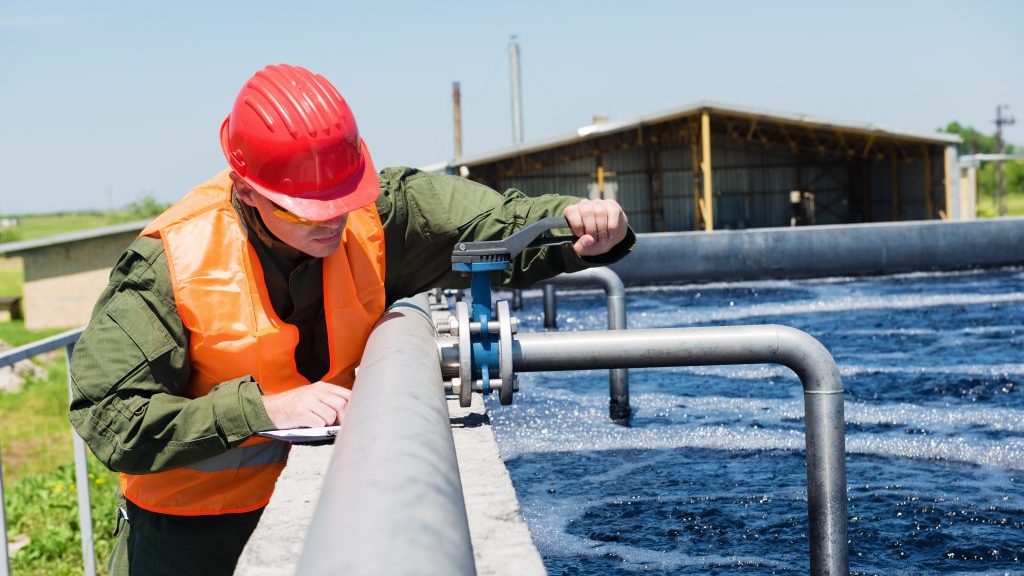
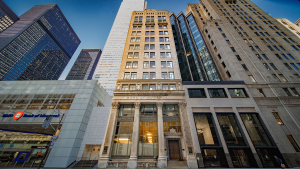
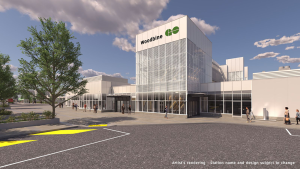
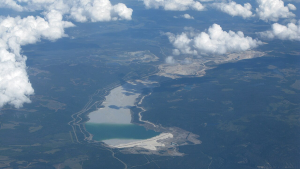
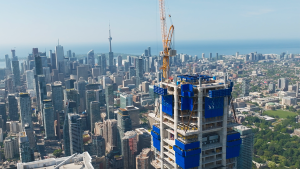

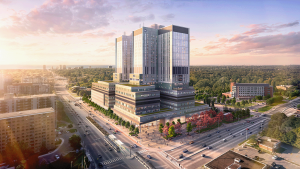


Is the water that is treated then potable water?